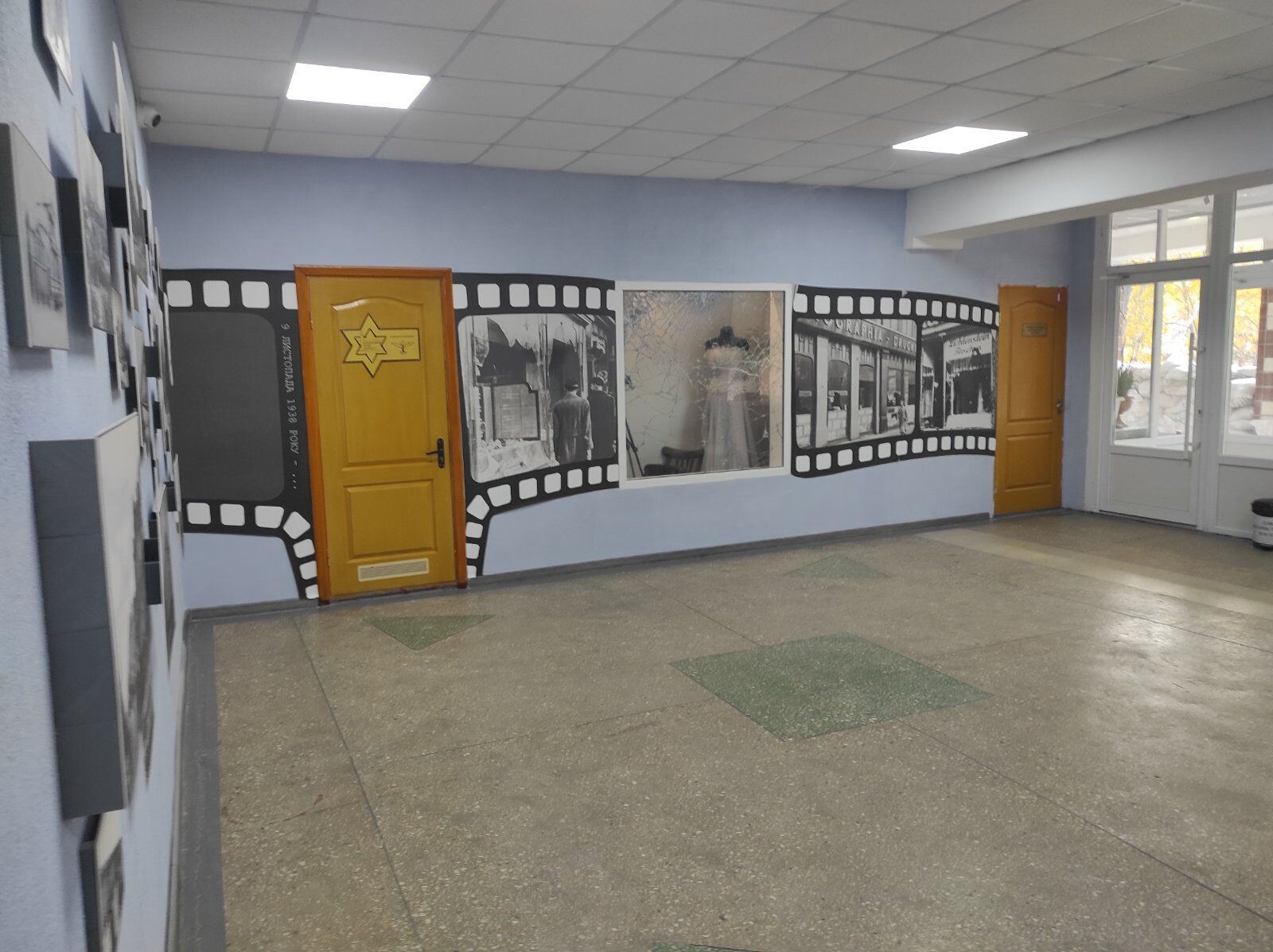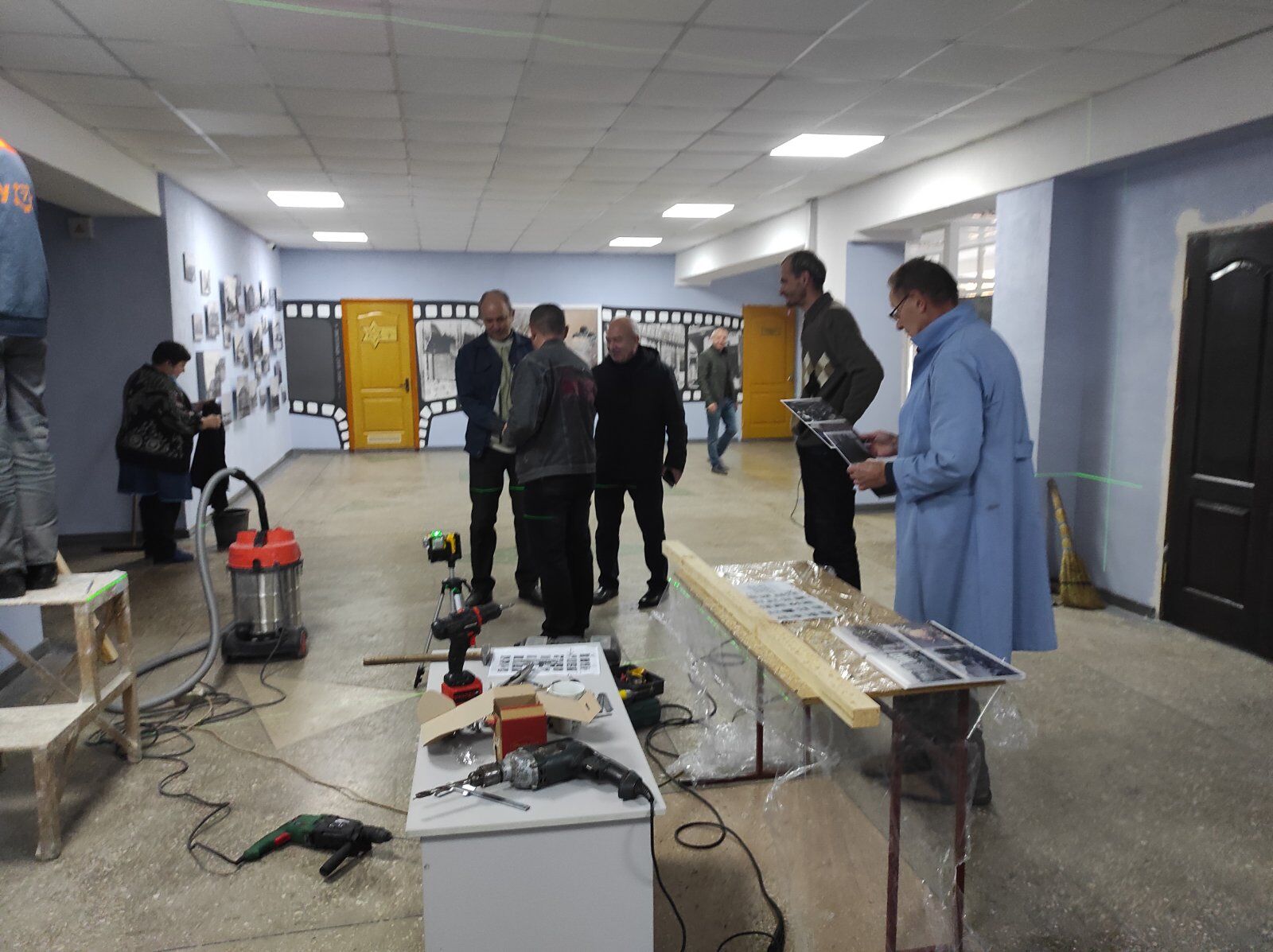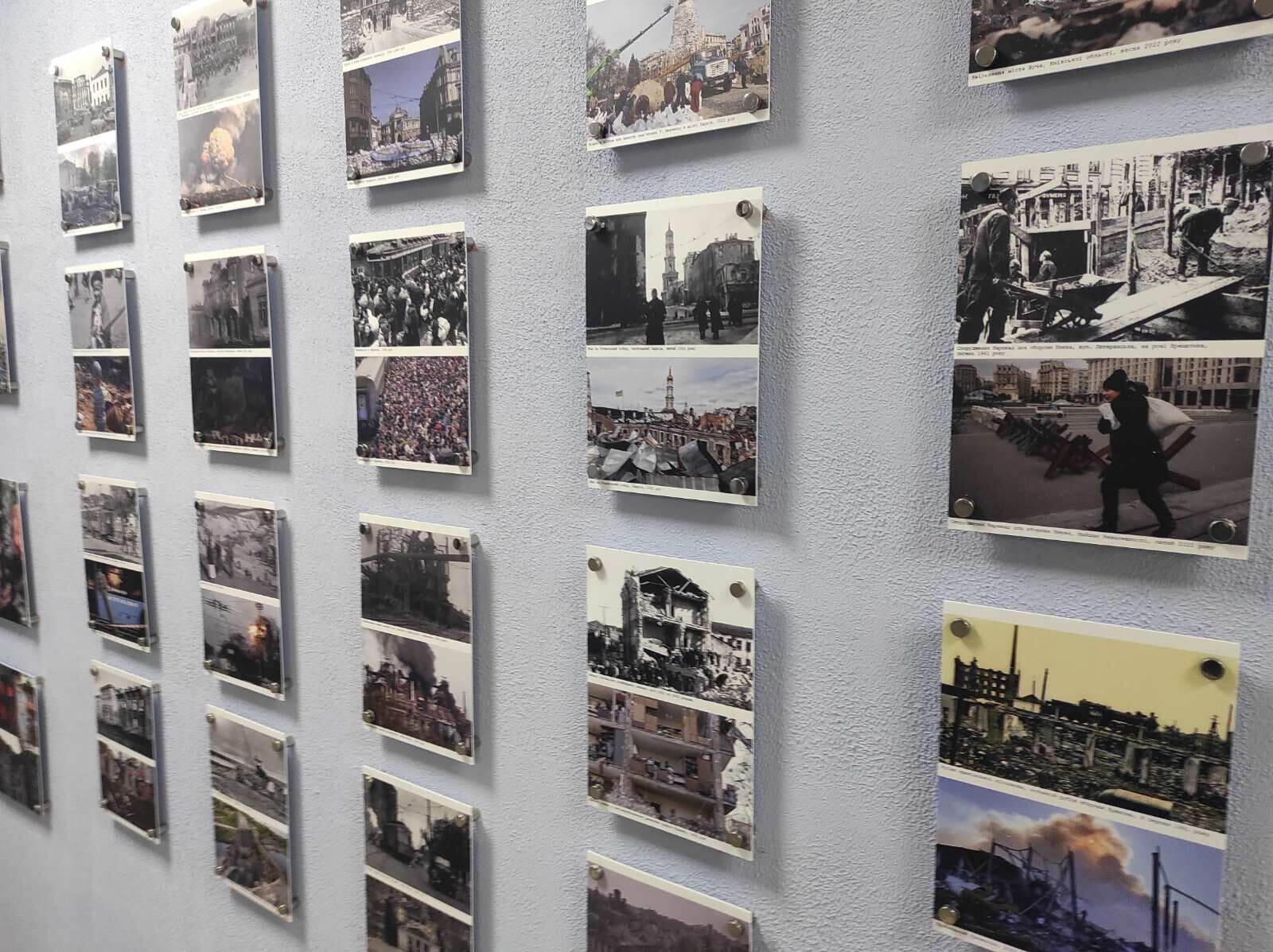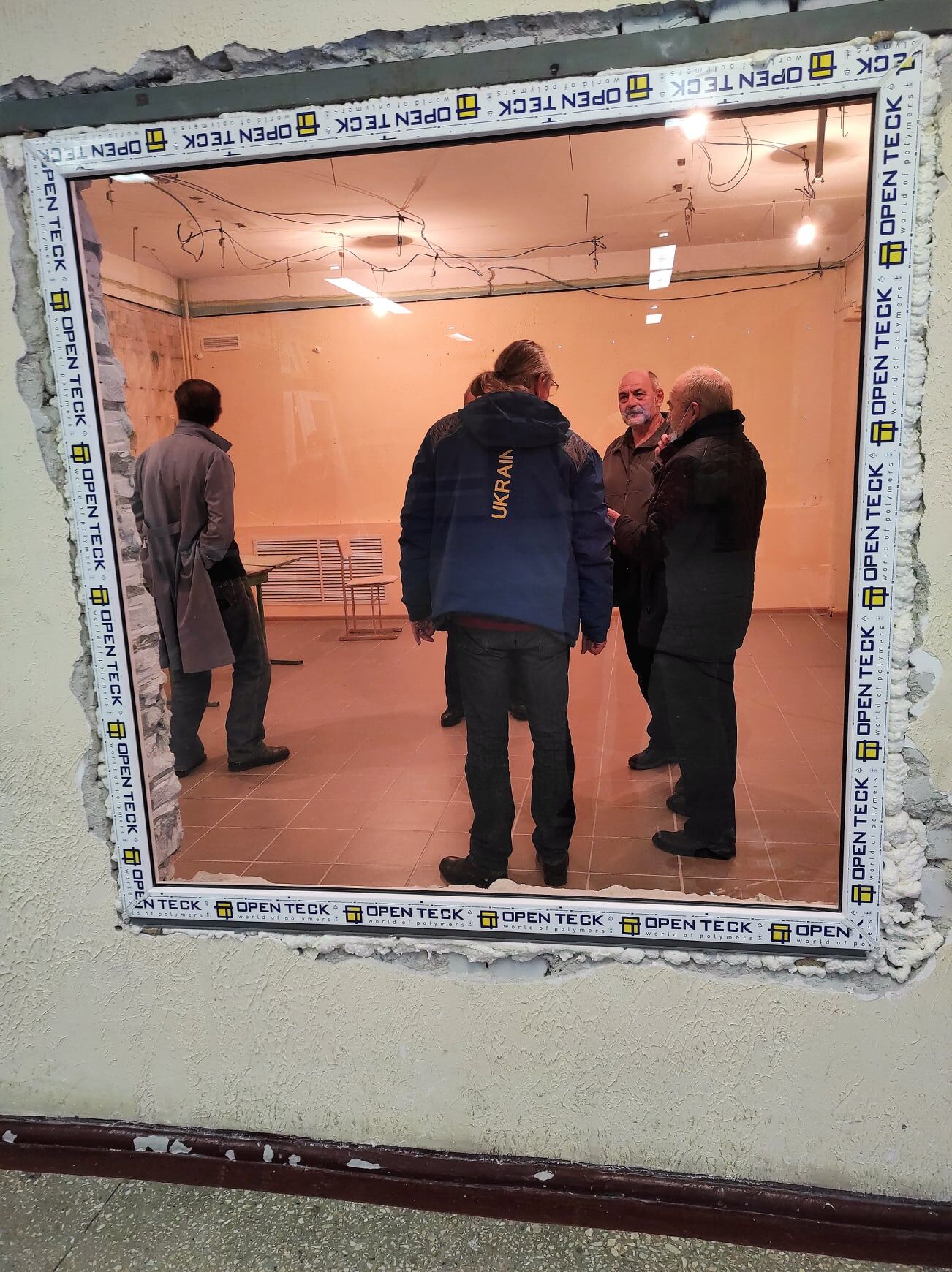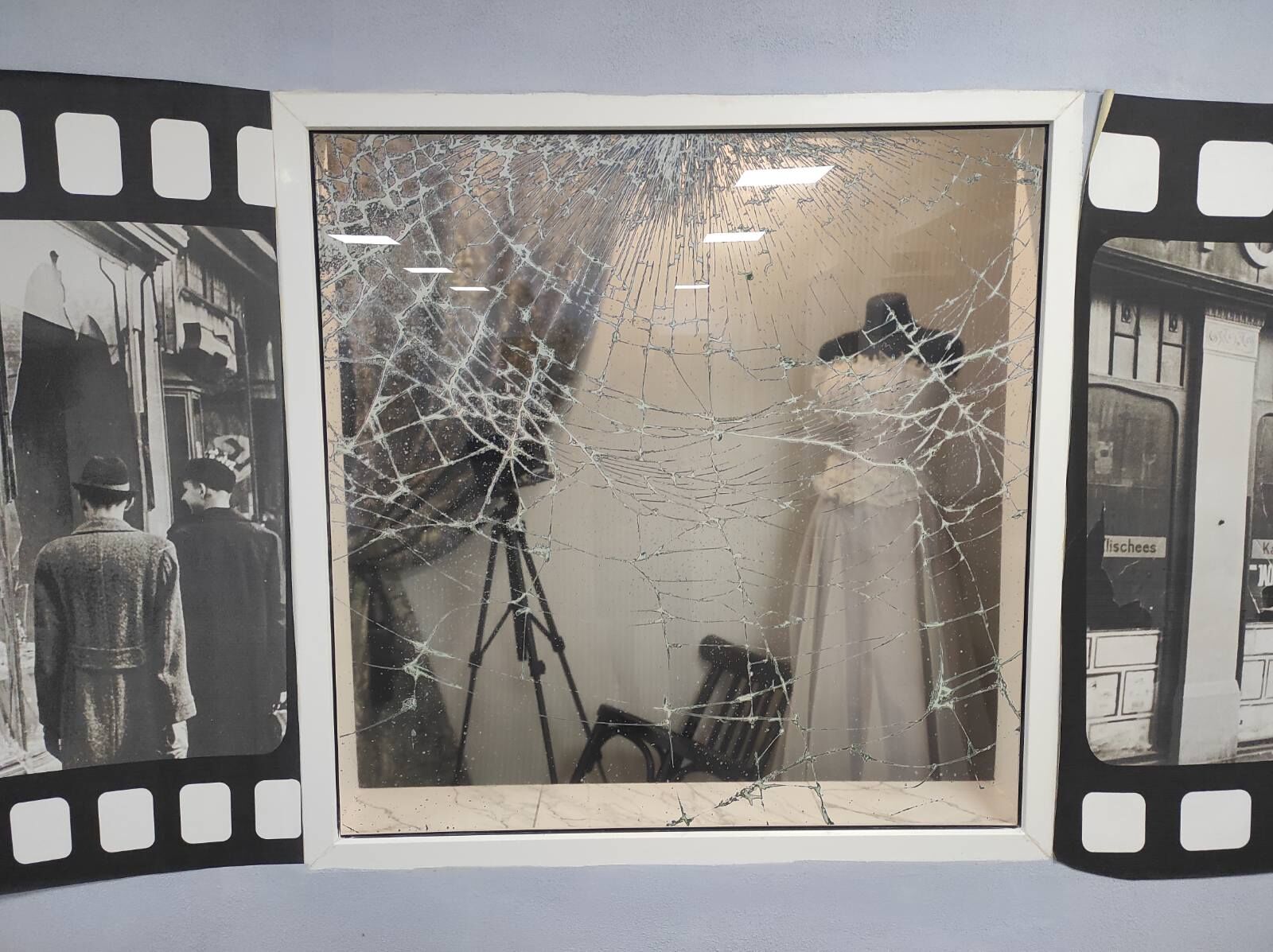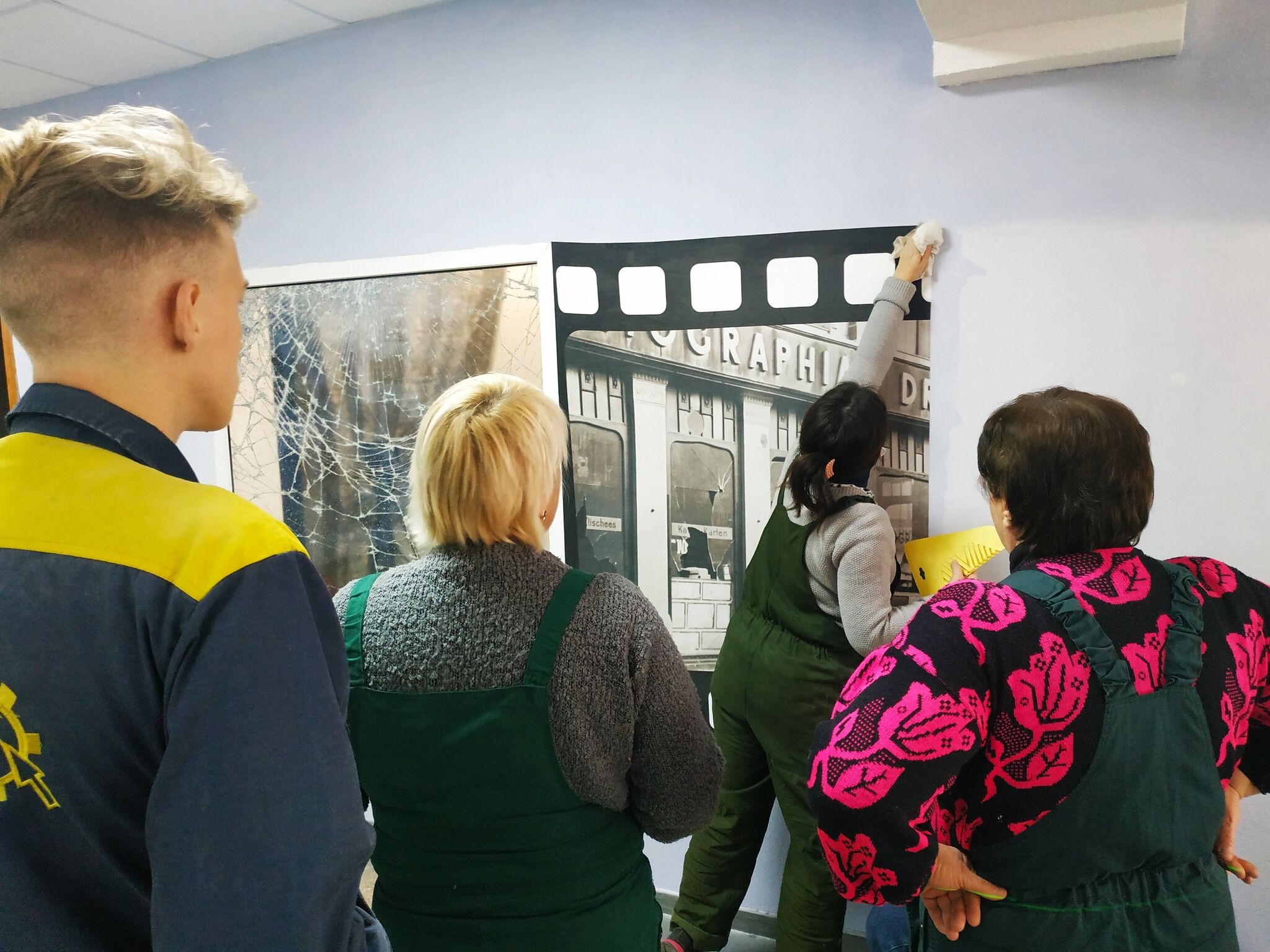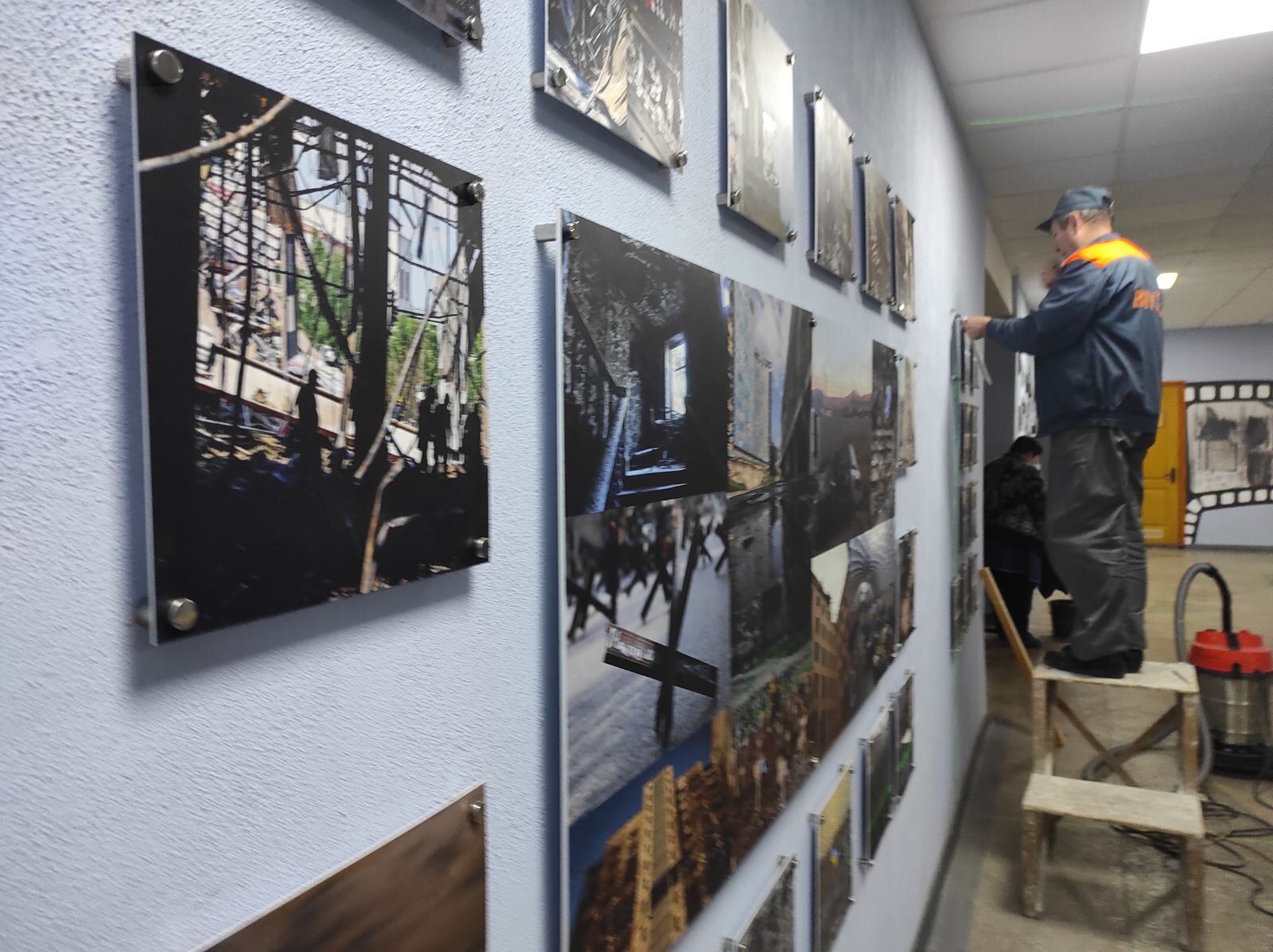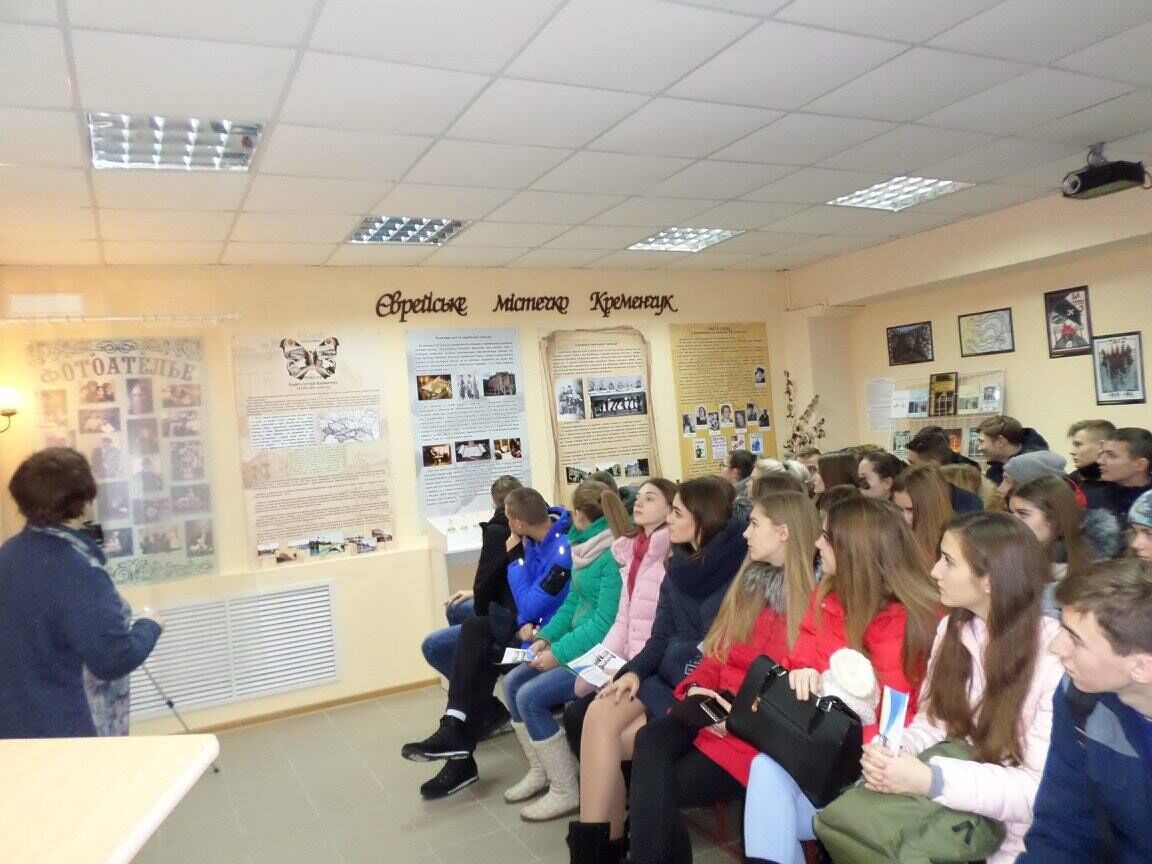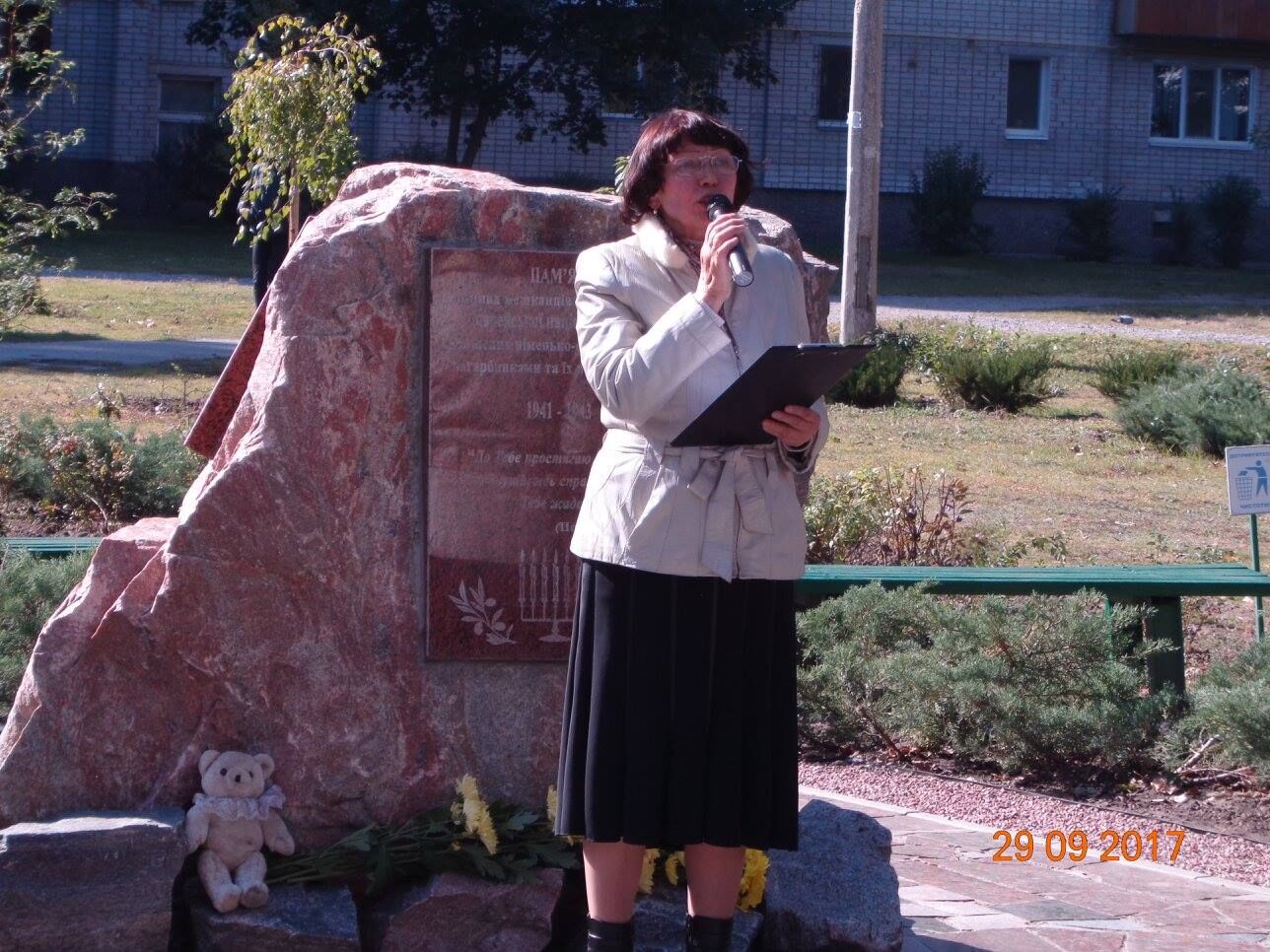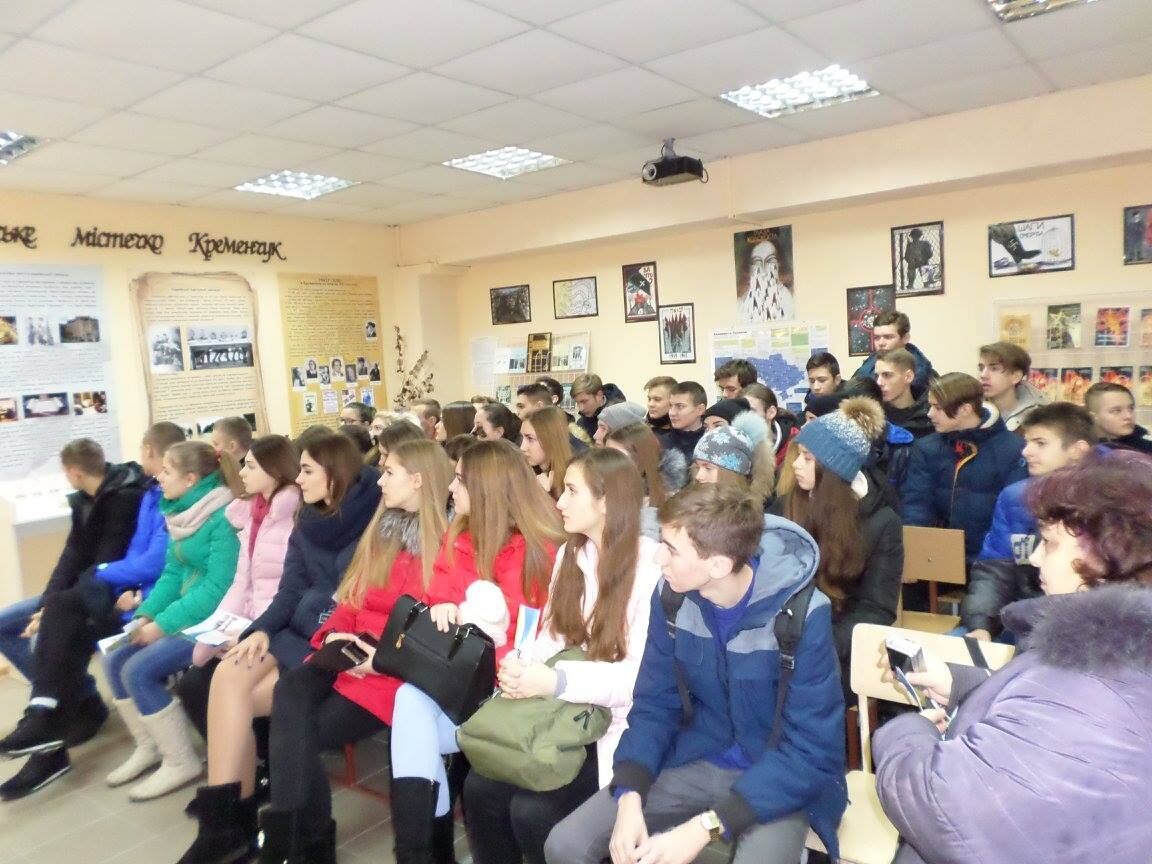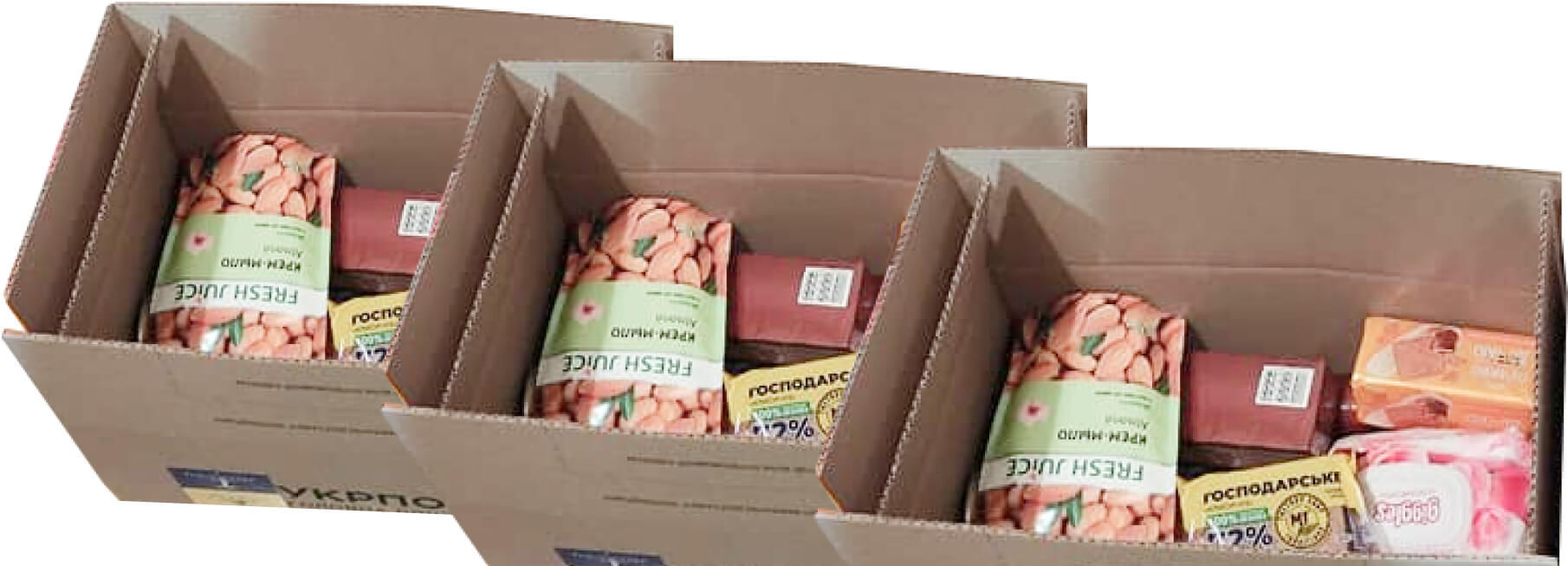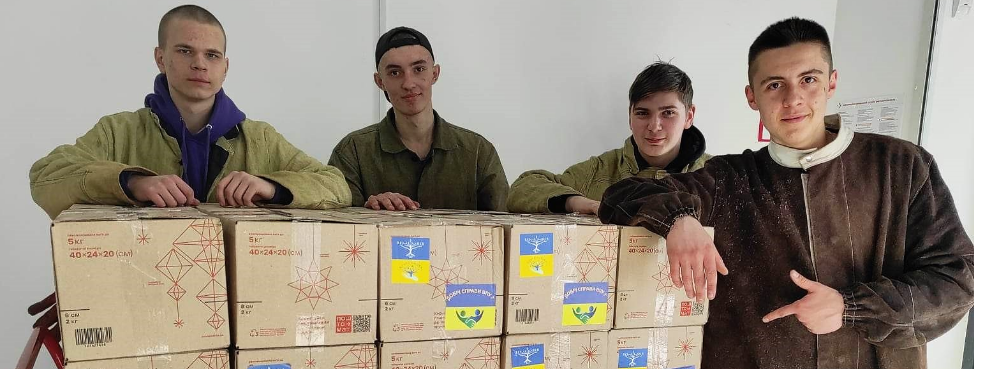This project involves creation of Holocaust museums in public schools and colleges in Ukraine. We pick an educational institution that is located within a short walking distance from a place where the Jews were killed. Our educational activities include excursions to the place of massacre, making a museum material real and not theoretical.
For students from other cities and nearby villages we organize bus trips to the museums and memorials where they have educational and commemoration events.
A few words about our research and artifacts used in the museums: we focus on the local Shoah events and use rare, archival materials from major museums like United States Holocaust Museum and Israel’s Yad Vashem Museum as well as from other sources. All information is being analyzed and verified. High school students work as guides in our school museums.
Segue into History
In the early 19th century, Jews, numbering 30,000, represented the largest group in Kremenchuk. Today, less than 1,000 remain.
Peschanaya Gora (Rus: Песчаная Гора, Eng: Sand Mountain) is an old nickname for an area on the eastern bank of the Dnepr River, located on the outskirts of Kremenchuk. In the fall of 1941 and winter of 1942 Nazis murdered Jews there. The number of victims is estimated to be around 8,000. Today, the area is part of the city, where there are several schools and college and many apartment buildings.
Project Description
Acting on a request from Kremenchuk’s activists, the RememberUs.org project started in the summer of 2015.
We provided some financing for the creation of a memorial stone, raised awareness about the tragic events in the area of Peshannya Gora and helped to petition the City to create a lasting memorial. Eventually the City agreed to lend support and created a Holocaust Memorial, which opened in the fall of 2017. The City mayor, Counsel General from Poland, media, students and teachers came to the opening ceremony to commemorate Jewish victims. The city mayor together with Counsel General from Poland and our team planted the metasequoia tree at the opening ceremony.
In conjunction with our efforts to create the Holocaust Memorial, we traveled to Kremenchuk in 2015, 2016 and 2017 to meet people to help further our work to memorialize the tragic events.
The local technical college joined our effort; and in 2016, we opened the local Holocaust museum at the college. With the opening of the museum we organized ongoing local school trips to the memorial park, which later became a part of a memorial trail. On field trips students also visit the museum. We are in the process of refreshing and expending our original museum exhibition and continue to support various Holocaust education and special events at the museum.
Acknowledgements
– The local non-profit “March of Living” and its founder Eugenya Bakk were key contributors to the success of our Kremenchuk project.






